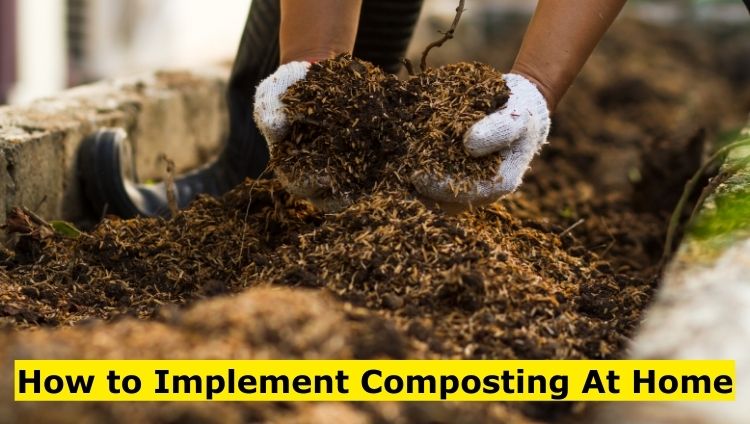If you’re Passionate about reducing waste, improving your garden, and making a positive impact on the environment, implementing composting at home is an enriching and environmentally friendly endeavor.
By following simple steps, you can transform your everyday waste into a valuable resource.
This comprehensive guide will explore How to implement composting at home, empowering you to adopt a sustainable lifestyle while nourishing your garden through the remarkable process of nature’s recycling.
Join us as we delve into the world of home composting, uncovering the secrets that will enable you to make a meaningful difference in your environment.
Why Composting Matters
Composting is a way to turn organic materials, like food scraps from your kitchen and dry leaves from your yard, into a special kind of soil called compost.
It happens naturally when tiny living things called microorganisms break down materials.
For composting to work, these tiny organisms need air, water, and a good mix of carbon and nitrogen.
As they break down your scraps and grow, they turn them into compost—a dark, crumbly material that smells like fresh earth.
Think of composting as nature’s way of recycling, turning your kitchen leftovers and yard trimmings into something great for your garden.
For more tips on eco-friendly waste management practices, check out Reducing Food Waste in Households and Restaurants.
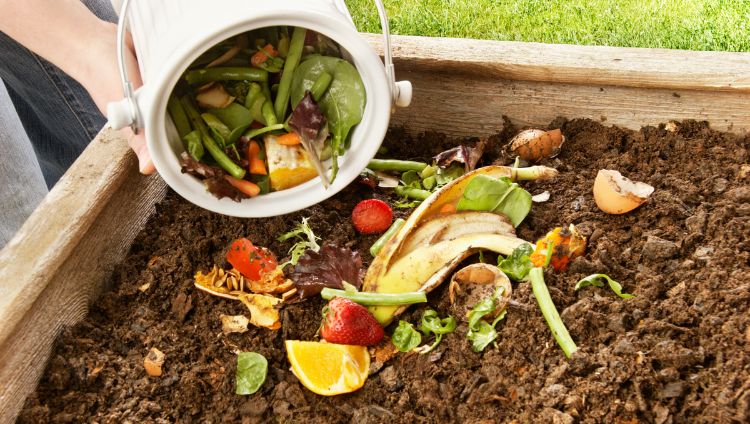
Compost at Home Step-by-Step guide
Composting at home is a rewarding and eco-friendly way to recycle organic waste and create nutrient-rich compost for your garden. Here’s a step-by-step guide on how to compost at home:
Choose a Composting Method
Decide on the composting method that suits your space and needs, such as a backyard pile, compost bin, tumbler, worm bin, or bokashi system.
Select a Location
Find a suitable spot in your yard or garden for your composting setup. Ideally, it should have good drainage and be easily accessible.
Gather Compostable Materials
- Collect a mix of “browns” (carbon-rich materials) and “greens” (nitrogen-rich materials) for a balanced compost pile.
- Browns: Dry leaves, straws, shredded paper, cardboard, wood chips, and dried plant material.
- Greens: Vegetable and fruit scraps, coffee grounds, tea leaves, grass clippings, and fresh plant trimmings.
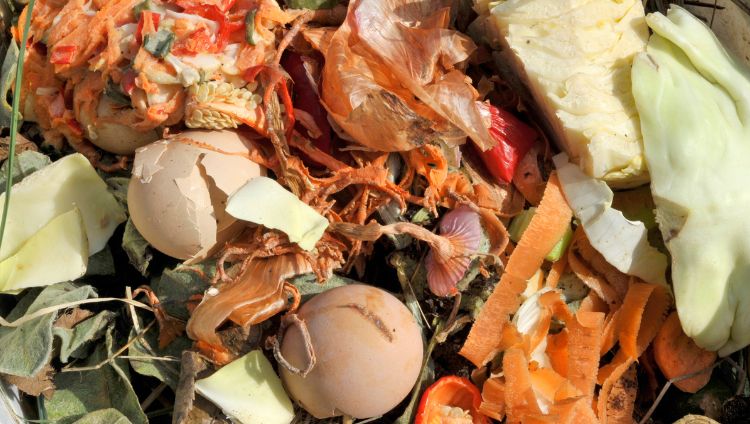
Prepare the Compost Pile/Bin
- If opting for a compost bin, follow the assembly guidelines provided by the manufacturer, ensuring adequate ventilation and drainage.
- For a compost pile setup, designate a specific area and establish a foundation layer using twigs or straw to enhance airflow.
Layer Organic Materials
- Let’s get started by laying down a nice, comfy blanket of dry, carbon-rich materials, which we like to call browns. Then, top it off with a layer of moist, nitrogen-rich materials, also known as greens.
- Keep going with these alternating layers, making sure you’ve got a good mix of both browns and greens. Try to aim for about the same amount of each. Happy composting!
Maintain Moisture and Aeration
- Make sure your compost stays as damp as a squeezed-out sponge. If it starts feeling too dry, just sprinkle some water in there. If it’s getting a bit too soggy, toss in some dry brown materials.
- Don’t forget to give your compost some air! Use a pitchfork or shovel to turn it over every now and then. This helps bring in some oxygen and makes the whole decomposition process run smoothly.
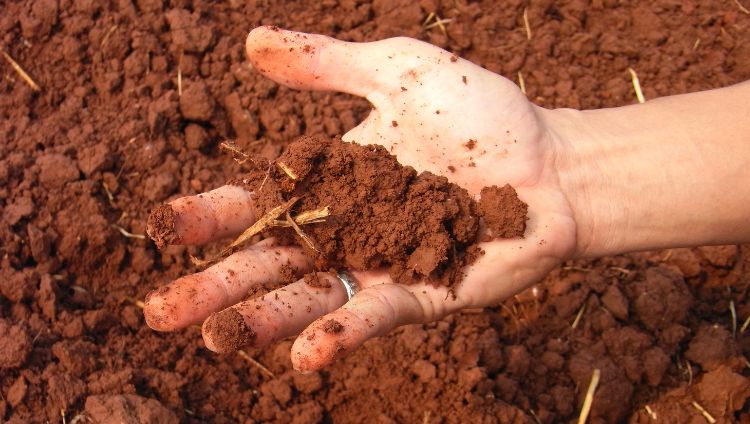
Monitor the Composting Process
- Frequently monitor the compost’s temperature, moisture content, and odor. The optimal temperature should fall within the range of 110-160°F (43-71°C).
- A foul smell from the pile could signal an imbalance or insufficient aeration. In such cases, amend the materials and aerate the pile by turning it.
Add Compostable Materials
- Continuously add organic waste to the compost pile/bin as it accumulates.
- Chop or shred larger materials for faster decomposition.
Maintain the Compost
- Regularly turn or aerate the compost pile every few weeks to promote even decomposition.
- Monitor moisture levels and adjust as needed. Cover the pile/bin during heavy rain or excessive moisture.
Harvest the Compost
- After several months to a year, depending on the composting method and conditions, the compost will transform into dark, crumbly, and earthy-smelling material.
- Harvest the compost by removing it from the bottom or side of the pile/bin. Use it to enrich your garden soil or potting mixes.
Benefits of Home Composting
Home composting offers numerous benefits, both for the environment and your own gardening endeavors.
Here are some key advantages of home composting:
Reduces Waste
Composting helps divert organic waste from landfills, preventing the generation of methane, a potent greenhouse gas.
By composting at home, you can significantly reduce the amount of waste sent to landfills and contribute positively to the environment!
For more on the environmental benefits, read How Waste Management Affects the Environment.
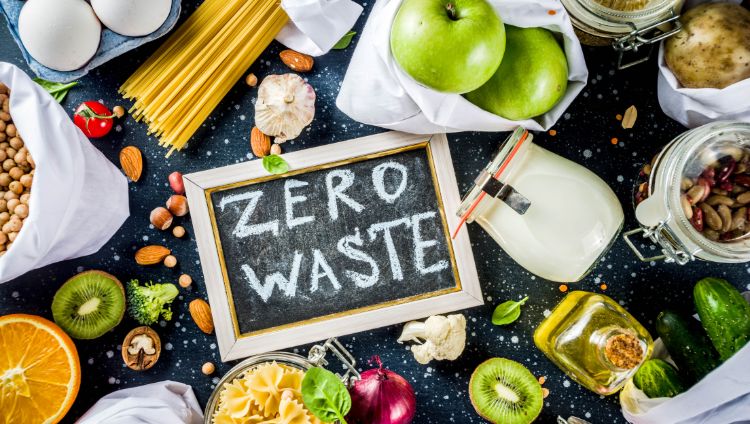
Creates Nutrient-Rich Soil
Composting is a remarkable process that creates nutrient-rich compost, commonly called “black gold” by gardeners.
This enriched compost surpasses regular soil, providing an excellent method to rejuvenate the earth in gardens, flower beds, and containers.
When added to the soil, it enhances its structure, boosts water retention, and supplies essential nutrients to plants. The result is healthier, stronger plants that produce larger, high-quality crops.
Saves Money
Composting at home removes the necessity of buying chemical fertilizers or soil additives.
By utilizing your own compost, you can cut costs on store-bought items and foster a sustainable cycle of nutrient replenishment for your garden.
To see how waste management contributes to environmental sustainability, explore What Waste Management Are You Practicing at Home?

FAQs Related to How to implement composting at Home
How do I troubleshoot common composting problems?
Common composting problems include a slow decomposition process, unpleasant odors, or the presence of pests.
Troubleshoot these issues by adjusting the moisture levels, balancing green and brown materials, turning the pile regularly, and ensuring proper aeration.
Can I use compost in indoor plants?
Yes, compost can be used for indoor plants. Mix it with potting soil or use it as a top dressing to provide nutrients and improve the soil structure for your indoor plants.
How can I use the compost I make?
Compost can be used to enrich garden soil, potting mixes, or as a top dressing for plants.
Spread compost around the base of plants, use it as a mulch, or mix it with existing soil to improve its nutrient content and water retention.
What if my compost smells bad?
A bad odor from compost usually indicates that it is too wet or lacks proper aeration.
Add dry, carbon-rich materials like leaves or shredded paper to balance the moisture content and turn the pile to improve airflow.
Avoid adding meat, dairy, or oily foods, as they can cause unpleasant odors.
Conclusion
Home composting offers an easy and environmentally friendly method to convert kitchen and yard waste into valuable fertilizer. Be sure to avoid adding meat, dairy, or oily items.
With time, natural processes will break down the waste into nutrient-rich compost, enriching your plants and promoting environmental health.
This practice is a simple and fulfilling way to reduce waste while making a positive impact on the planet.
To learn more about effective waste management strategies, visit our Blog.


